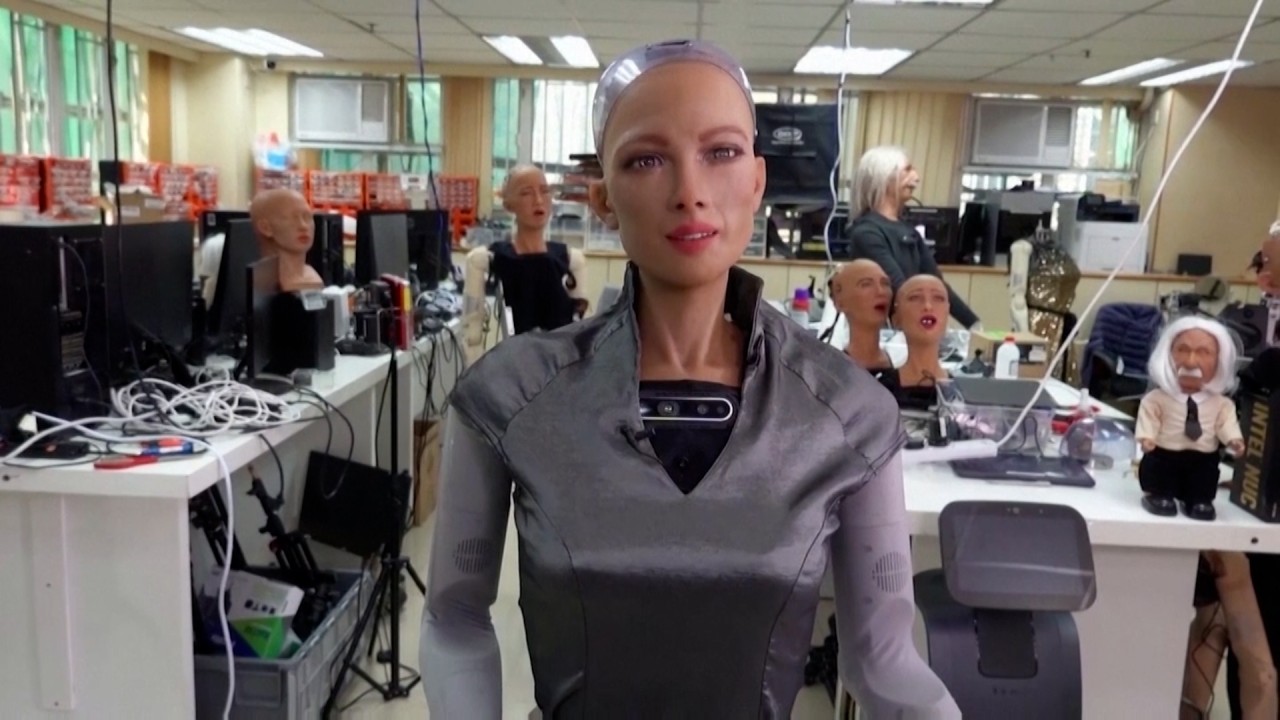
Letters | How Hong Kong’s smart city ambitions can go beyond bright ideas
- Stimulating creativity through contests is only the first step in the innovation value chain; creative execution is equally important
Our neighbour Shenzhen also conducts a similar exercise, the Open Data Innovation Contest, which solicits innovative solutions worldwide. In 2020, more than 1,800 teams took part in the event, which pushed the government to further open up data, and stimulate social innovation.
However, to improve city management, stimulating creativity through contests is only the first step, creativity is equally critical in implementation. Professors Morten Hansen at the University of California, Berkeley, and Julian Birkinshaw of the London Business School jointly raised the idea of the “innovation value chain” which includes several phases, such as selecting outstanding initiatives followed by the equally important phase of executing them properly; management must embrace, promote and share these creative ideas within the organisation and beyond.
Among these phases, outstanding creativity is regarded as the easiest part. Tim Kastelle, professor at the University of Queensland Business School, evaluated more than 300 organisations in which his MBA students worked, covering the public and private sectors. He found that while more than 96 per cent of them could be considered as more or less innovative, few could put the innovative ideas into practice. He believes the corporate culture in these organisations has not supported creativity, no matter how brilliant the idea may be.
Holding contests is only the first step to stimulating creativity. To achieve digital transformation, we must promote an innovation culture using an all-round approach so that we can develop into a smart city as envisaged.
Dr Winnie Tang, adjunct professor, Engineering, Social Sciences, and Architecture faculties, University of Hong Kong


